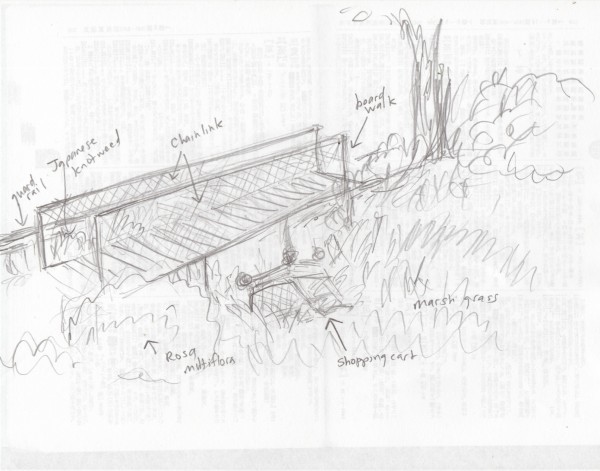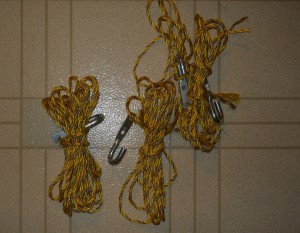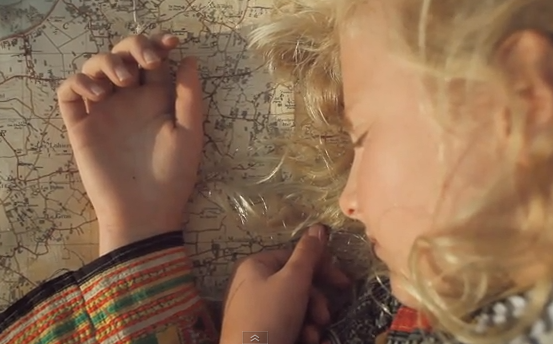I wanted to tell you about some people I saw here and there.
Sisters
There were two little girls I saw in a Dunkin Donuts. They were very, very little--both of them, if they stood next to me, wouldn't have come up to my hip. They both had long black hair that went down their back. They were sisters: one was wearing a three-tiered ruffle skirt with a stars-and-stripes pattern, and the other was wearing an Elsa T-shirt. They loved everything in the Dunkin Donuts--the ATM, the gift cards, the counter where you pick up your order. They dashed to each of these places and called to one another and showed each other everything. Their mom bought them coolatas as big as their arms, and bought herself a smoothie.
Man with a guitar
I've written about him before, I think, but he was there again, waiting for the bus on the highway, sitting on the guard rail, playing the guitar. I had the car windows wide open, and because I've seen him before, I felt like I knew him, and because I felt like I knew him and because he was playing the guitar, I waved at him. He waved back.
Man with flowers
I was walking in the neighboring town, and an SUV pulled up next to me, and a grizzled man called to me from the window. "Would you like some flowers?" he asked. He had a cellophane-wrapped bouquet. "Are you giving them away?" I asked cautiously. "Yeah!" he said. The car was full of people: another guy, a couple of women, several children. "Okay, sure! Thank you very much! I'll remember this day because of you!" I said. And I did, and do.
Girl with the tattoo.
She works at the nearby supermarket. I may have tried to write about her before: she has a tattoo of an arrow on her arm, and fancy writing, and always I've tried to remember it, but always I've gotten it wrong. But today I have it right. It says: "Focus and keep aiming."
Okay: that can be my task. To focus and keep aiming, or vice versa, even.
[Note: In 2018, when I was transferring images from LJ to here, I didn't keep each and every image--I left two off of this entry. So comments may refer to images that are no longer in the entry.]















































